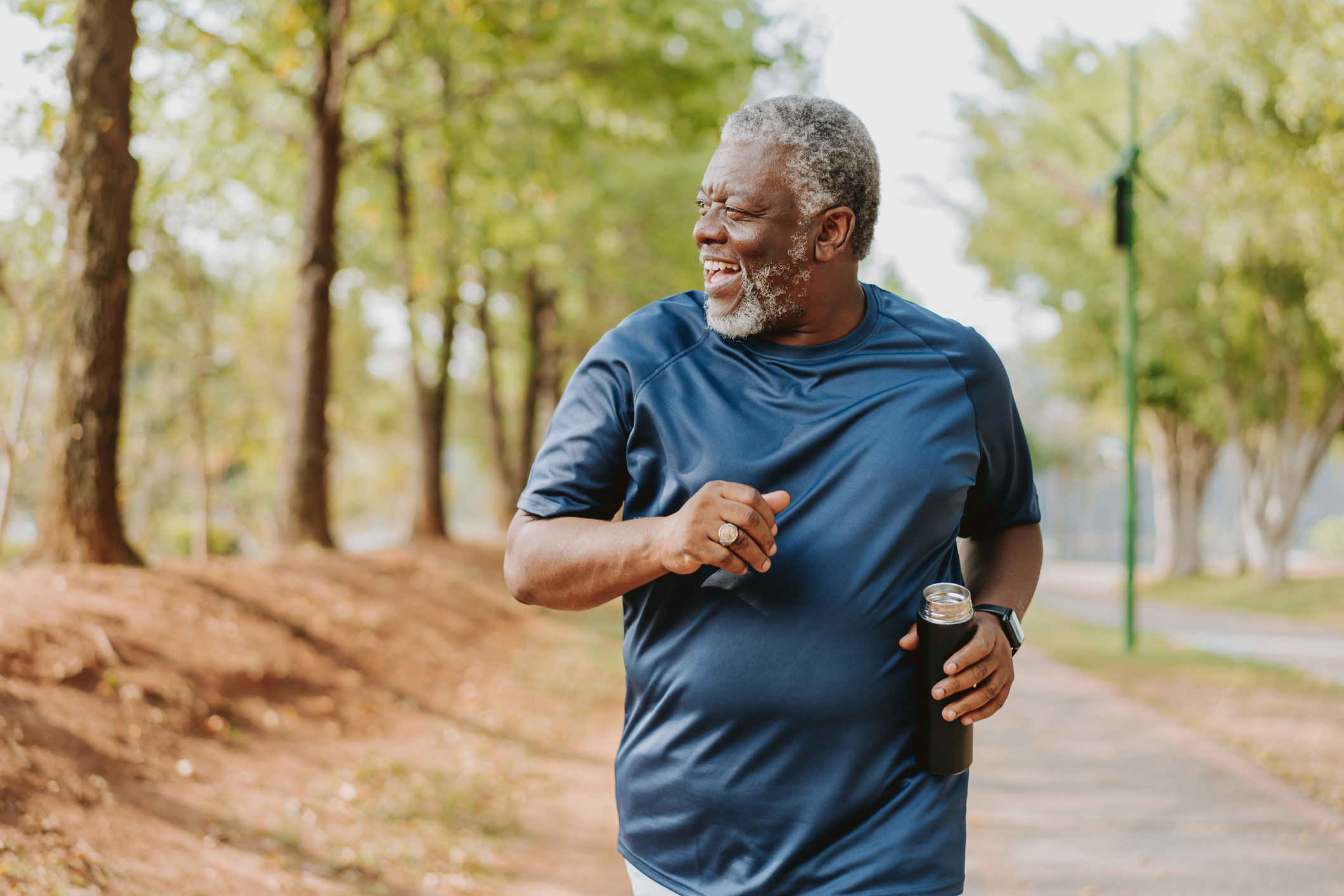Get Easy Health Digest™ in your inbox and don’t miss a thing when you subscribe today. Plus, get the free bonus report, Mother Nature’s Tips, Tricks and Remedies for Cholesterol, Blood Pressure & Blood Sugar as my way of saying welcome to the community!
Exercise to boost energy and brain health — and banish pain

Chronic pain conditions take their toll in many ways. Not only is there discomfort and often suffering from the pain levels, but a shift away from joy and happiness to depression and loss of will.
When one is in pain it is difficult to get up and move. The mind says yes but the body says no. Until eventually the mind also says no.
The key is to stop this cycle and make a change.
Did you know that your body needs to expend energy to make energy? And that the more energy you make this way, the better you feel, physically and mentally? You have to get up and move to realize that doing so will clear the mental fog and also help your body feel better by reducing pain. Seems counter intuitive, but it’s true.
This is why exercise is good for the body and it makes you feel good even after you’re done. It is one of the healthiest things you can do for yourself, and as it turns out exercises is not just for “getting fit” or “losing weight.” A series of studies show that exercise helps improve mental health as well as how you perceive and handle pain. For chronic pain sufferers, this is vital because the pain/depression cycle is a tough one to overcome.
And with continuous pain there is a loss of quality of life because many things that once were enjoyable seem like chores now; even simple things like riding a bike, gardening, or taking a walk. And when the body is not moving, blood and feel-good chemicals are not actively surging through the body bringing nutrients to muscles and euphoric feelings to the mind. And it’s a vicious cycle because the more you hurt, the less you want to do, and the less you do the more depressed you become.
But you can reverse all of that and get stronger and more energetic as you age.
Let’s review a few studies that shed light on how this can work for you.
Circulation improves your brain
Researchers from the Norwegian University of Science and Technology at St. Olav University Hospital conducted a population-based cross-sectional study to asses how frequency, duration, and intensity of physical activity were related to health-related quality of life. They looked at 4,500 participants (56% females and 44% males), younger and also older than 65 years.
The age-adjusted association between physical activity and health-related quality of life was stronger for physical than mental health in both genders and age groups. The largest differences were between no exercise and exercise groups at any level for frequency, duration, and intensity. The study suggests that exercising at any level is associated with better physical and mental health in both genders compared with no exercise, particularly among the older individuals.
“I’m feelin’ no pain…”
According to a study carried out by researchers at the University of New South Wales and Neuroscience Research Australia, as one exercises more vigorously or for prolonged periods, the body adjusts to the discomfort in a positive way. The longer the workout the greater our ability to tolerate the pain and discomfort felt in the muscles. This happens through the body’s natural release of adrenalin and endorphins, or feel-good chemicals, that weaken our awareness of or increases our toleration of discomfort. It is a phenomenon known as hypoalgesia.
To better understand the hypoalgesic effect, the researchers set out to examine the effect of aerobic exercise training on pain sensitivity in 24 healthy individuals over a six-week time frame. During this time participants cycled three times per week for 30 minutes at a time, at a measure of 75% of maximal oxygen usage. Researchers then measured the participant’s pain pressure pain threshold and tolerance by affixing and inflating a blood pressure cuff around their arms.
The results showed significant increases in aerobic fitness and pain tolerance after training. Conversely, the no-exercise control group showed no change in their physical fitness levels or in their pain threshold levels.
This led researchers to conclude that “Moderate- to vigorous-intensity aerobic exercise training increases ischemic pain tolerance in healthy individuals.”
People who exercised developed increased tolerance to pain while also becoming more fit.
Exercise reduces pain in women with fibromyalgia
A Spanish study published in the journal Arthritis Care & Research, looked at the association between fitness levels and pain levels in 468 women with fibromyalgia. The study hoped to characterize the association of different components of physical fitness with pain levels, pain-related catastrophizing and chronic pain self-efficacy. In other words, how fitness levels affect pain levels and how this affects one’s negative view of future events.
What the researchers found was good news indeed. A higher level of fitness was consistently associated with a lower pain level experience, lower pain-related catastrophizing, and increased ability to believe they can do things on their own. Those with higher combined muscle strength with flexibility experienced the lowest levels of pain.
These studies are important because they show scientifically what many in the wellness field have always known. The more you exercise the better you feel, physically and mentally. The more you do physically, the more you believe you are capable of. And the more you can do the better your body adjusts to the effort and the less pain you feel. And with less pain comes the ability and desire to do more. And with this comes less depression and a better overall quality of life.
References
http://www.ncbi.nlm.nih.gov/pubmed/21131869
http://www.ncbi.nlm.nih.gov/pubmed/24504426
http://onlinelibrary.wiley.com/doi/10.1002/acr.22610/abstract












